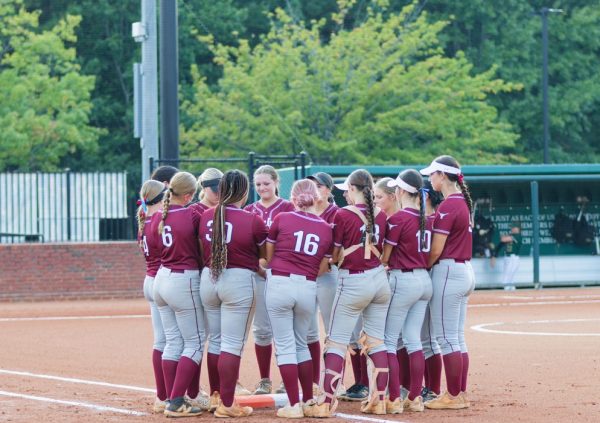So, what exactly is an executive order?

Screenshot taken from the New York Times video “Trump Signs Executive Order Slashing Regulations”
While executive orders are the most formal of presidential orders, another form of order is the memorandum. The differences between the two are slim; primarily, executive orders have to state the authority they have to issue said order while memorandums do not.
The first weeks of Donald Trump presidency have been riddled with controversy largely due to his creation of a multitude of executive orders ranging from the less controversial “Ethics Commitments by Executive Branch Appointees” to those more controversial orders such as the so-called “Muslim ban” (formally titled “Protecting the Nation from Foreign Terrorist Entry into the United States”) and the pending repeal of the Affordable Care Act, also known as ObamaCare. For some, the amount of executive orders that have already been issued by President Trump seems to be high but, this use of power is not uncommon for recently elected presidents.
Executive orders issued by the president are not used to create laws, but rather to direct the Federal Government in how it is supposed to be operating within the pre-existing domestic law; however, they do have the force of the law. As the Federal Register explains, executive orders are how the president “manages the operations of the Executive branch”. Executive orders derive their power from the second article of the Constitution which details the various powers of the executive branch. Each order is numbered consecutively and recorded by the Federal Register.
The president does not have absolute control with executive orders though as they are subject to review by Congress or the Supreme Court. However, overturning an executive order through Congress can be tricky business; a two-thirds voting majority of both the Senate and House of Representatives is required (which can be hard if those in Congress vote along party lines or Congress is stacked). Executive orders are also subject to legal review and can be deemed unconstitutional by the Supreme Court. This is being seen right now as a federal judge has temporarily halted President Trump’s immigration ban.
The concept of executive orders does come with a fair share of controversy though. Some believe that executive orders are too much of an autocratic use of power, especially considering the potential difficulties that surround reversing it. Similarly, the American people have no say regarding what the president passes and they cannot do much to act against an order. The only course of action the citizens have is to vote for elected officials that reflect their ideals and ensure that those leaders they disagree with are not reelected.
Since being elected into office, President Trump has issued 12 executive orders. This number is not uncommon for recently elected presidents. Within Obama’s two term presidency, he issued 276 orders; Bush issued 291 within his two terms while Clinton issued 308. The president who holds the record for most orders issued however is Franklin D. Roosevelt who issued a total of 3,721 orders (though over a much longer span of time- four terms). He is followed by Woodrow Wilson who had a total of 1,803 orders.
Executive orders have been in use since the very beginning of our republic. In fact, some of the most prominent parts of our history books are products of these executive orders. For example, Abraham Lincoln’s “Emancipation Proclamation” and Franklin Roosevelt’s controversial internment of Japanese-Americans after the Pearl Harbor attacks were all commands issued through executive orders.So while it is true that some orders cause little controversy or change, orders like the Emancipation Proclamation prove that executive orders have the potential to drastically alter the course of history.
Your donation will help support The Lambert Post, Lambert High Schools student-run newspaper! Your contribution will allow us to purchase equipment and cover website hosting costs.










